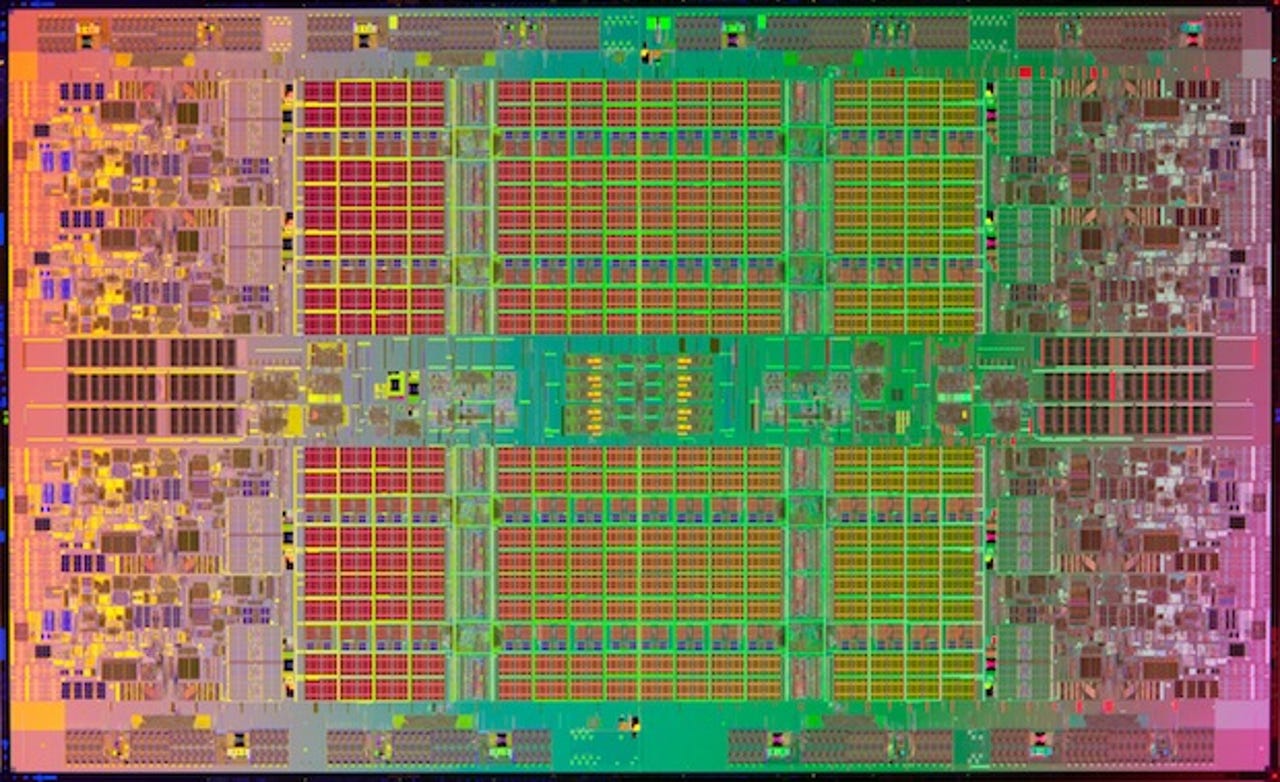Intel unveils Itanium 9500 processors for Unix, mainframe OSes


SAN FRANCISCO -- Intel and Hewlett-Packard executives teamed up on Thursday morning to unveil the new Itanium Processor 9500 Series with a focus on how this affects HP-UX customers.
"A lot of trends we see in IT today apply to mission-critical," said Rory McInerney, vice president of Intel's Architecture Group, adding that requires a flexible infrastructure because you can't always size it from day one to handle these changes.
McInerney continued on that the amount of data coming back into enterprises enables a lot of new decisions and big data-type analytics.
Also the director of Intel's Server Development Group, McInerney posited that with today's release, Intel is offering a "pathway to the long-term solution" by taking critical systems and consolidating them into new hardware.
Over the last few years, Intel has provided two mission-critical solutions with the Itanium and Xeon platforms. Itanium, in particular, is built for mission-critical UNIX and mainframe operating systems.
The Itanium 9500 series is touted as the most sophisticated Intel processor to date with a new micro-architecture design, double the number of cores and instruction throughput with 2.53GHz frequency and up to eight percent lower TDP and 80 percent reduced idle power.
Intel also boasts that the 9500 series produces up to 33 percent faster I/O speed over the previous generation thanks to new capabilities and features, including Intel's Instruction Replay Technology.
The Itanium 9500 family is being pegged to handle more data-heavy and demanding workloads, such as business analytics, database, and large-scale enterprise resource planning applications.
McInerney highlighted that the Itanium 9500 series enhances parallelism everywhere, specifying this on the thread and core levels as well as memory and instruction.
McInerney also described how the Itanium 9500 family fits into Intel's "Common Platform Strategy" by making it easier for OEM partners to share between Xeon and Itanium platforms.
"The concept here is we want to invest where we need to in order to drive the instruction performance improvement on Itanium and then leverage as much of the volume economics as we can get on the production side of Xeon," McInerney explained. He clarified that doesn't mean you can mix and match the CPUs, but rather it's taking the common platform strategy and extending it to the silicon.
The Intel Itanium 9500 processor series is available now with pricing ranging from $1,350 to $4,650 in quantities of 1,000 units.
HP's mission-critical Converged Infrastructure
Following up Intel's announcement, Ric Lewis, vice president and interim general manager of Business Critical Systems at HP, also introduced HP's fully refreshed Integrity servers built around the Itanium processor 9500 series.
With these debuts, Lewis asserted that HP's approach to the way it does mission-critical is "customer choice." Citing Project Odyssey, he added that "it's full steam ahead" with development for both x86 chips and Itanium.
"At the end of the day, if they have choice, their investment is protected. They don't have to buy a new infrastructure," Lewis argued.
Lewis outlined the demand (and pressure) for for mission-critical infrastructures to have zero unplanned downtime, immediate recovery, and data integrity, among other priorities. He continued that, with the development of the cloud, it really comes down to offering customers a lower total cost of ownership (TCO) matched with better performance.
Thus, Lewis said that the upgrades to the Integrity servers with Itanium 9500 will provide up to 33 percent in TCO savings with three times better performance and 10 times faster threat detection.
Itanium and HP v. Oracle
During the Q&A session, McInerney was asked about how Itanium fits into the bigger picture following the HP v. Oracle case earlier this year.
To recall, HP filed a civil lawsuit against Oracle in June 2011 to support the Itanium platform after Oracle said the previous March that it would stop supporting Itanium because Intel planned to shut it down in the long run.
The court came back with a ruling in favor of HP in August, citing that Oracle was required to continue to offer its products on HP’s Itanium-based server platforms until HP discontinued sales of Itanium-based servers, among other things.
McInerney tried to steer clear of this topic, laughing lightly and saying "that whole thing was litigated" already.
"The message back was that Oracle is supporting Itanium," McInerney continued. "I don't have anything in addition to add to that. We didn't have changed plans before. We don't have changed plans afterward."
Images via Intel